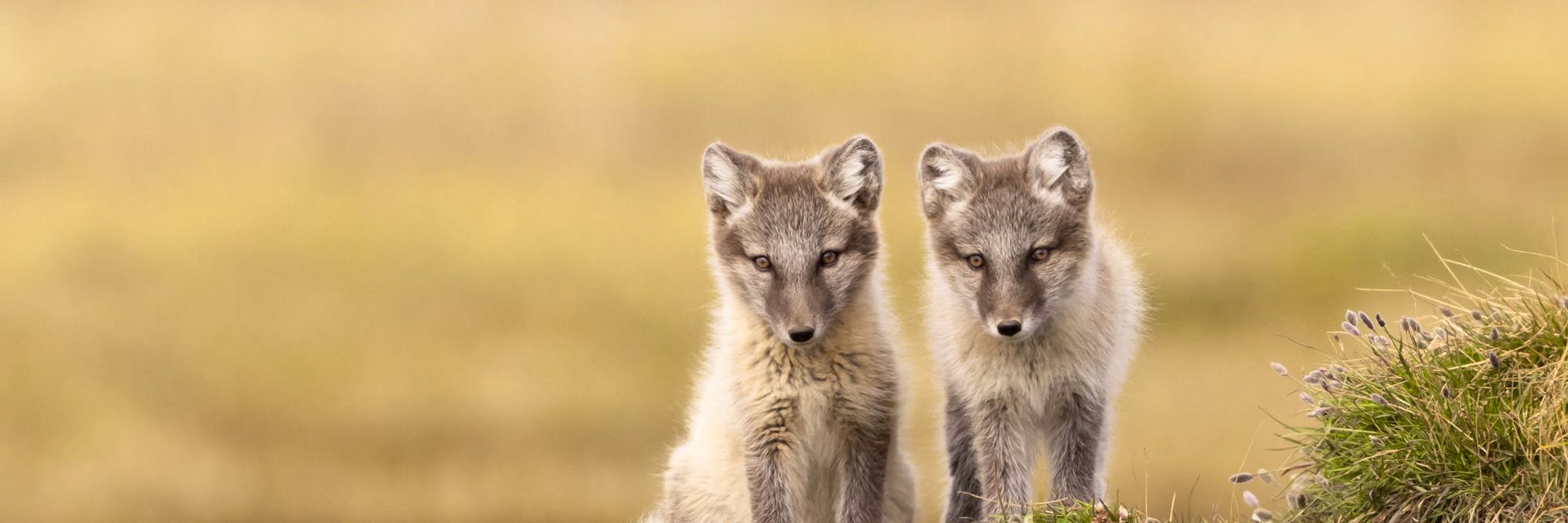Foxes are small-to-medium mammals. They are identified by their bushy tails, pointed ears and a narrow snout. There are six fox species found in North America. Red foxes (Vulpes vulpes) and gray foxes (Urocyon cinereoargenteus) are the most common.
Image

Image Credit
Lisa Hupp/USFWS



